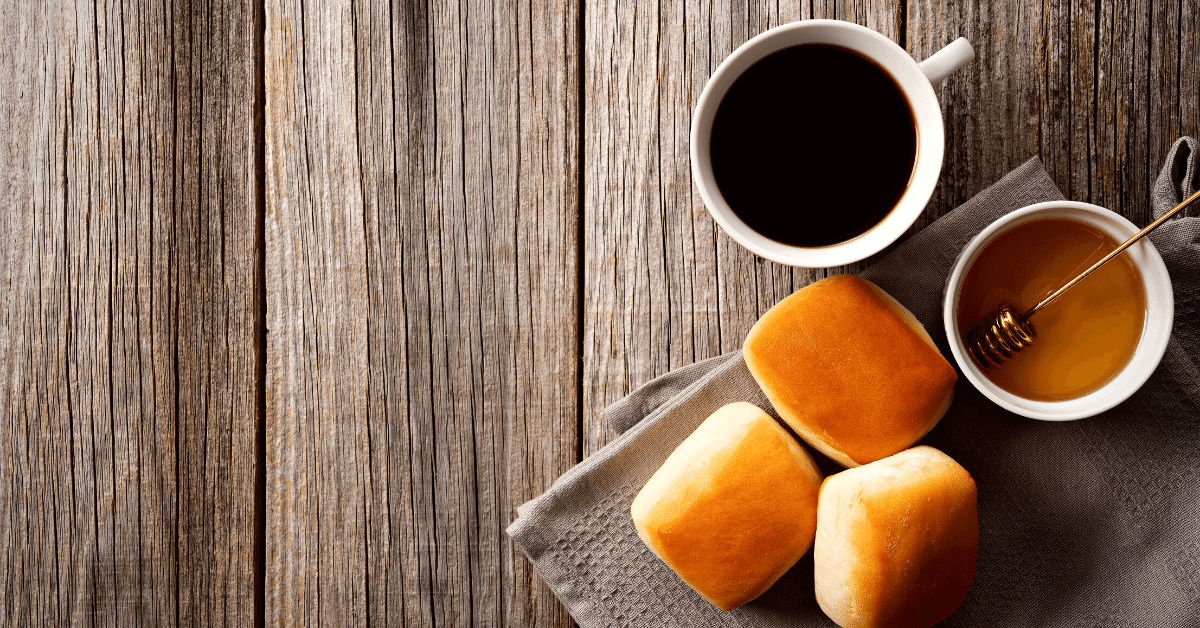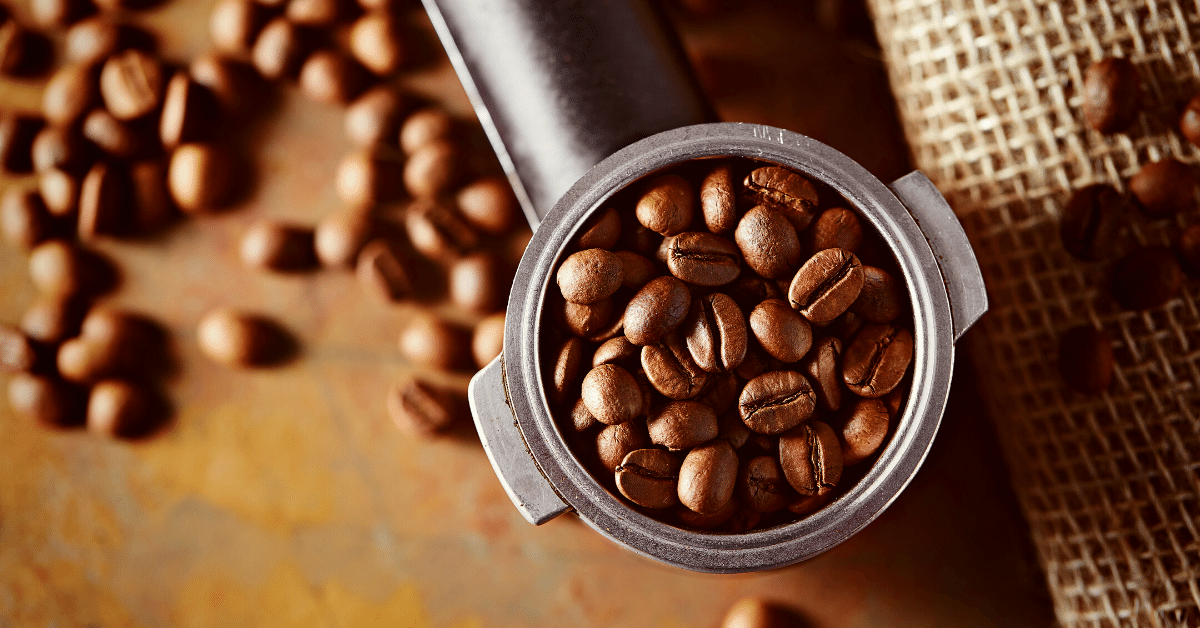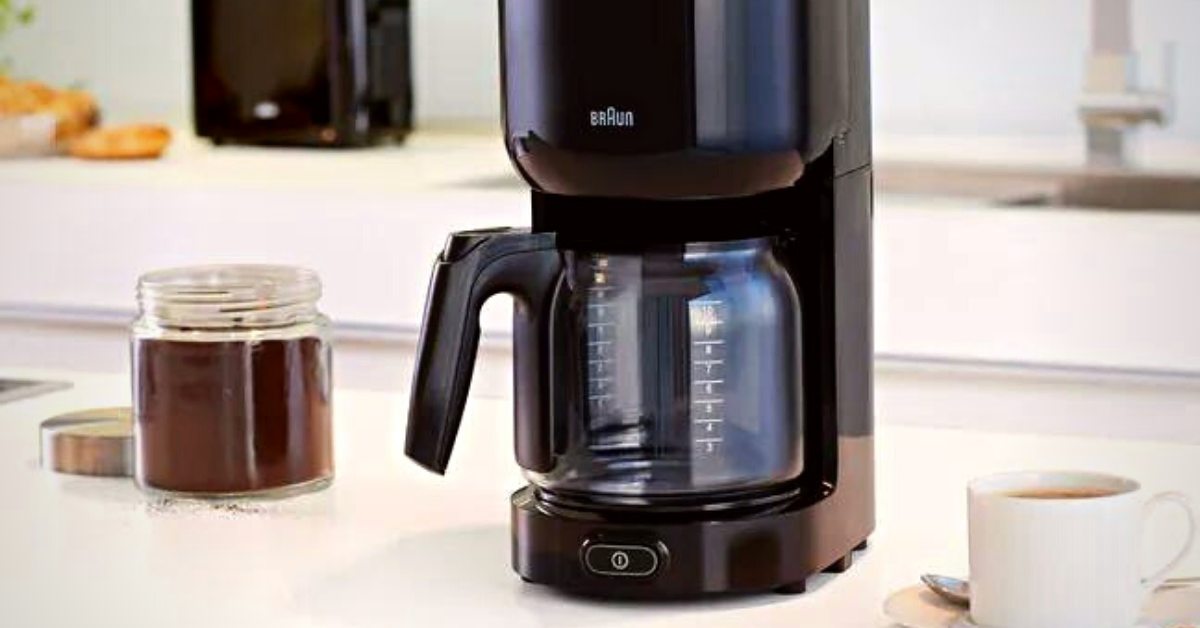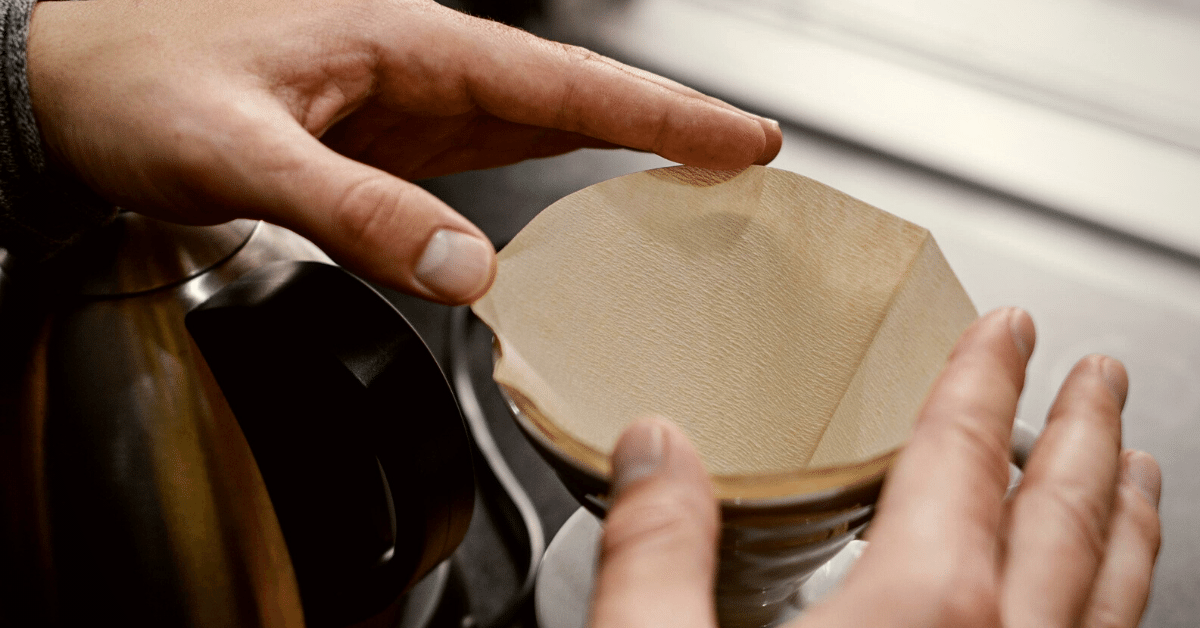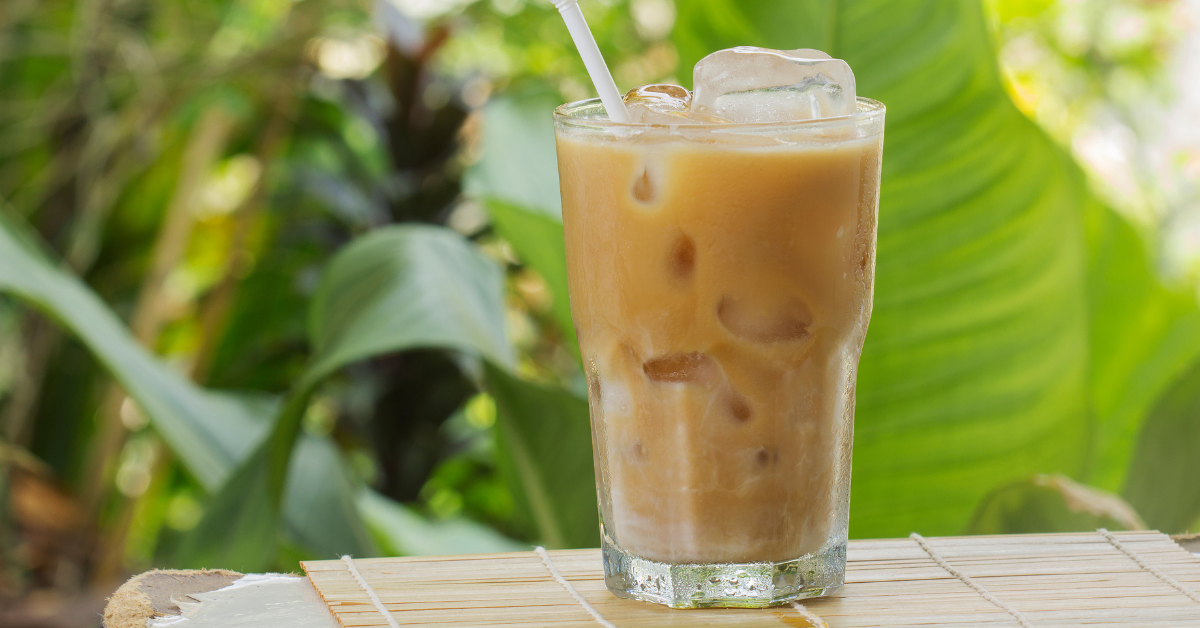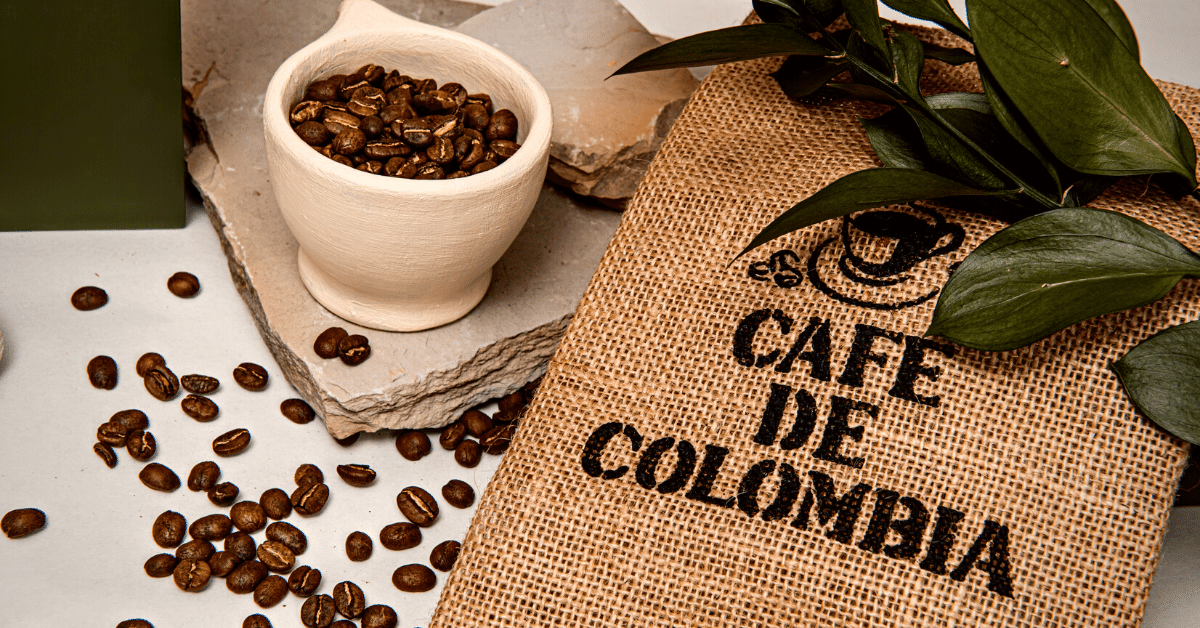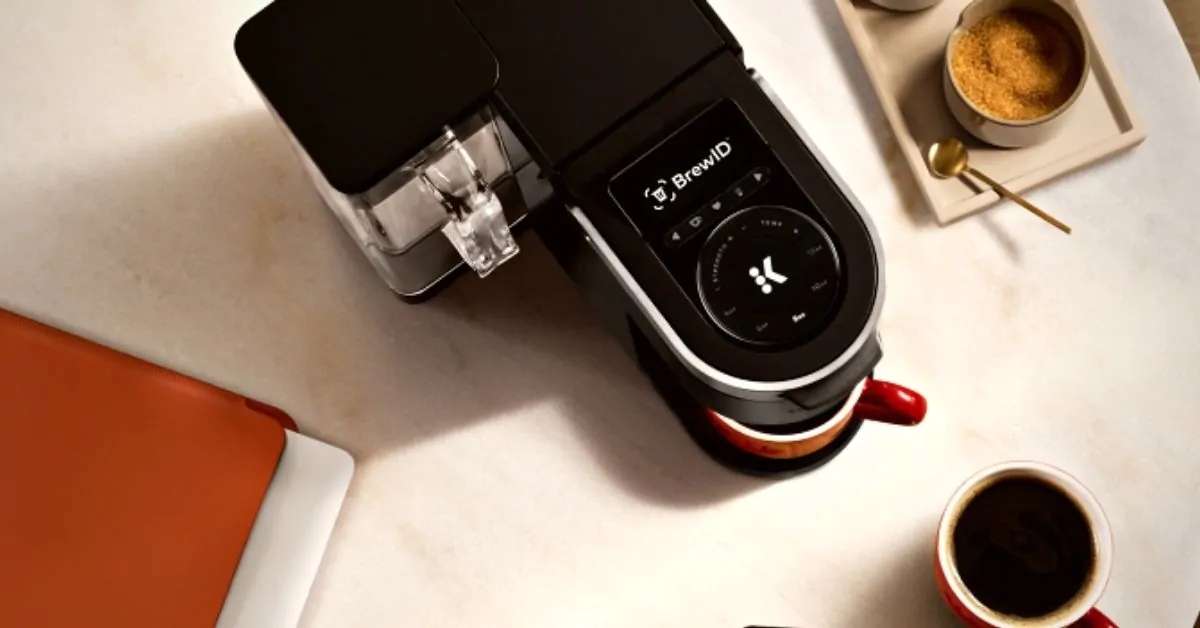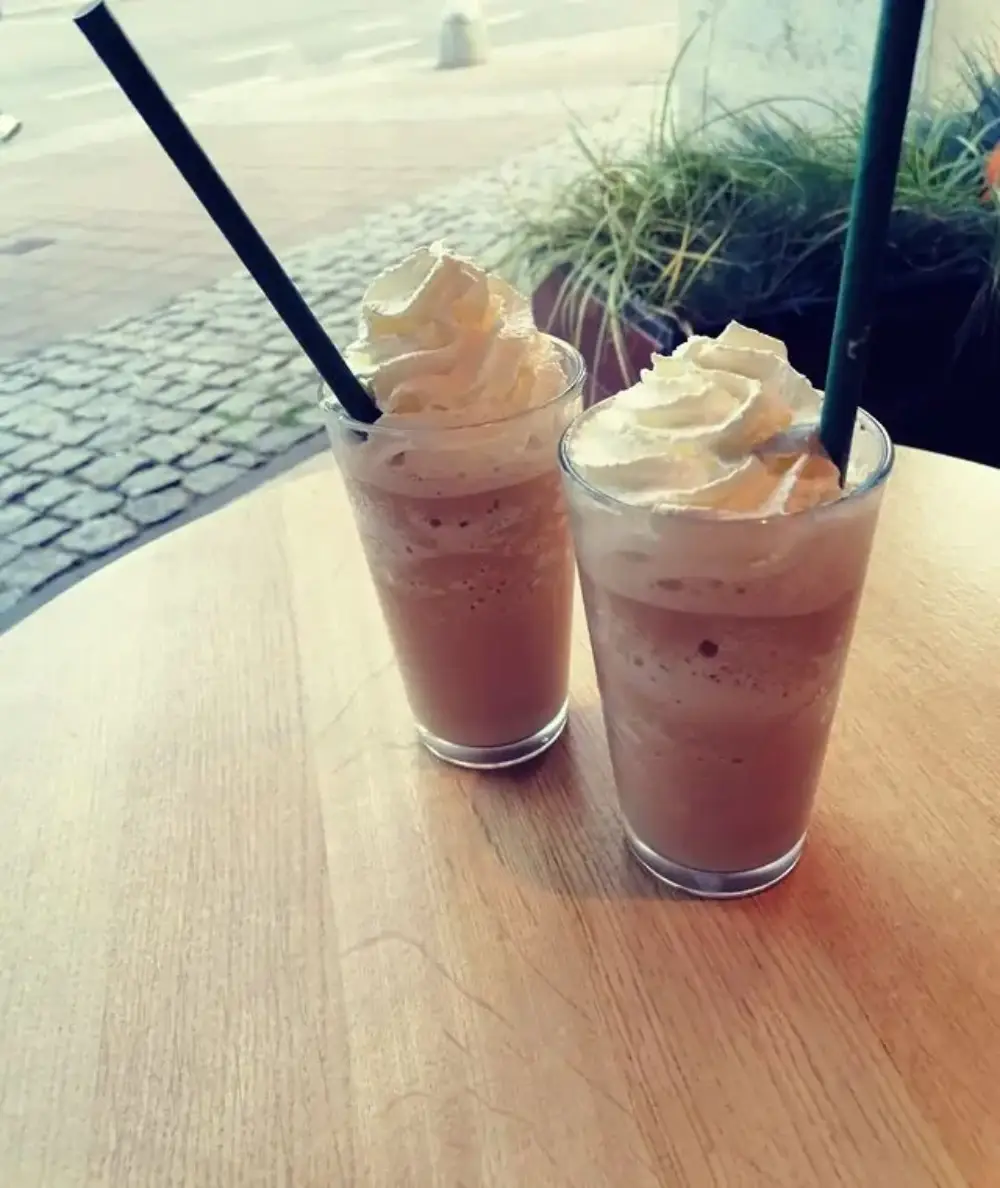Have you ever tried honey in coffee? Check out our guide and find out the benefits of honey in coffee and if you should try it in your morning cuppa.
Thinking about replacing refined sugar in your coffee? I get you. White sugar is the number one enemy of the healthy eating community these days.
And what is a healthier natural sweetener than honey?
I read almost everything on the internet about honey, so stay with me because I’ll tell you why and how you should put honey in coffee.
Let’s start!
Honey And Coffee: A Brief History
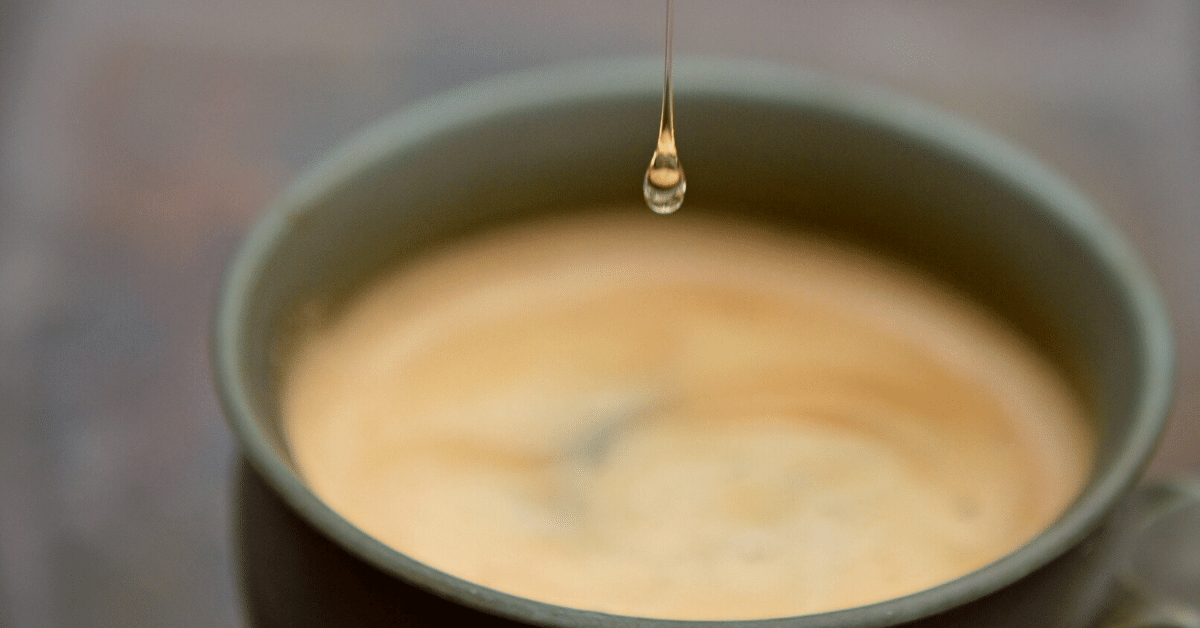
Honey in coffee isn’t really a new thing.
It is really hard to tell when people added honey to coffee for the first time because there’s no historical evidence.
But, we can assume:
Brewed from roasted coffee beans, coffee, as we know it today, originated in Arabia, in the Middle East, in the 13th century. From there, it spread through the world over the next few centuries and evolved.
First, in the Middle East, they were drinking coffee unsweetened, with some spices, like cardamom, clove, pepper, and others.
As expected, in one moment, someone gets to the idea of adding something sweet to the robust and bitterish brew. (My man!)
The credit goes to the Egyptians, as the first ones who started adding sugar to coffee in the 17th century.
Keep in mind that sugar was a rare luxury and a much more expensive ingredient than honey at the time. It wasn’t so usual for ordinary folks to have sugar. But they had raw honey from the bees.
Today, we know that honey has been used in many different cultures, since always. And for many different reasons: in the kitchen, for medicinal purposes, for paying taxes, and even for mummification.
When we mention mummification, you know who’s in the picture – ancient Egyptians.
Since ancient times, honey has been a part of their culture. They were actually the first beekeepers. They believed that honey was a gift from their god, A God of the Sun, Ra.
Throughout history, honey remained a staple ingredient in the kitchen of the Egyptians.
This brings us back to the 17th century. So, what probably happened is that Egyptians wanted to add sweetness to their coffee, but instead of sugar, they added honey.
Also, the first café opened in Vienna in 1683, and they served black coffee with both milk and honey added.
By the end of the 18th century, the Western world was already hooked to coffee. Milk was a regular add-in. But, processed sugar still was less available for ordinary people. So, adding honey instead was a common thing.
So, although we don’t have a lot of information, we know that coffee enhanced with honey definitely isn’t a new trend!
DID YOU KNOW?
There is something called honey-processed coffee. But don’t mistake it with coffee with honey, it has nothing to do with honey. Honey processed coffee bean is just fresh coffee cherry that is de-pulped and allowed to dry without washing.
How Does It Taste Like?
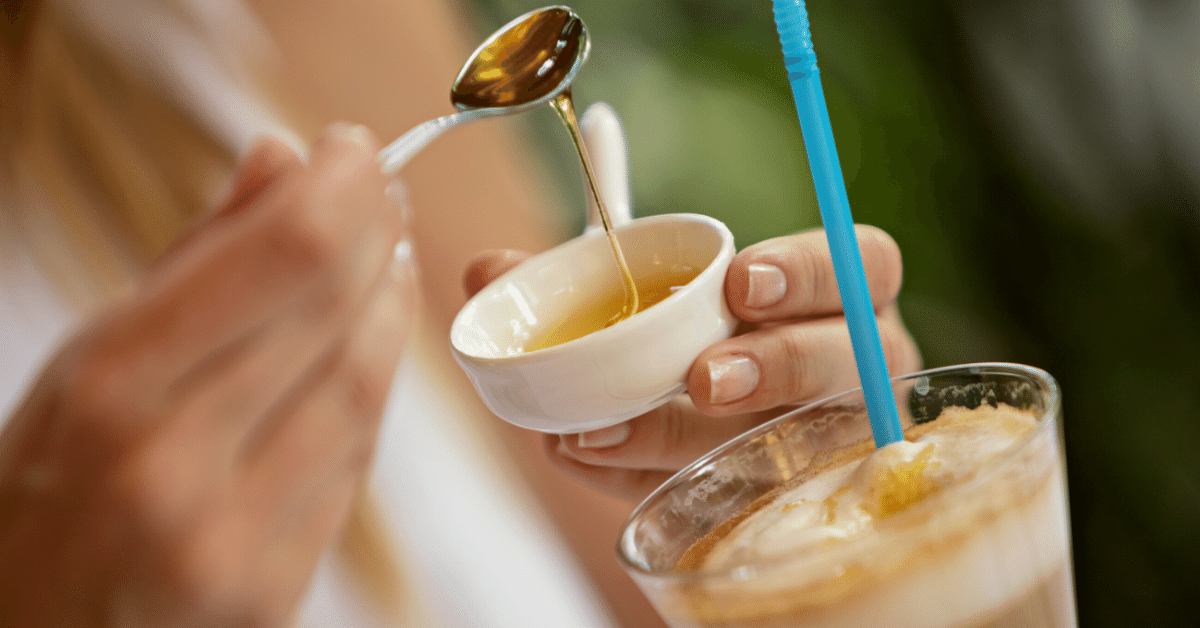
Compared to table sugar, a wooden spoon of natural honey is an explosion of flavors on your taste buds.
Honey is the result of the hard work in the bee hives, where bees “process” collected flower nectar. The taste of specific honey comes from the flowers that bees have visited.
Usually, bees concentrate on one type of flower. So, in the end, the produced honey really has the aroma and taste of the particular flower, like dandelion honey. In fact, there’s a whole spectrum of intensity and flavors:
- Acacia
- Buckwheat
- Clover
- Dandelion
- Alfalfa
- Wildflower
- Fireweed
All of these have their special nuances and shades of flavor, smell, intensity, and thickness. And there are a ton of different ones.
Now, coffee itself comes with different flavor notes. We have different bean origins, different coffee roasts, and grind sizes, and all of these factors impact the overall taste of the brew.
So, when you have two very significant and unique palettes of taste, combinations have to be balanced. Otherwise, you can end up with mild coffee with an overpowering taste of honey. Or a robust cup of joe with not so much honey influence besides the sweetness.
To avoid that, and take the most out of both, here’s the orientation on how to pair them.
Pair the intensity of coffee and honey.
For example, lightly roasted coffee beans which are not so bold and bitter, pair with lighter and cleaner types of honey, like acacia and clover.
Wildflower honey, or blackberry honey, is more flavorful, so use them when you want flavor nuances besides the sweetness. Darker types of honey, like buckwheat, have a bold and sharp taste, so try to pair it with a darker roast.
Keep in mind that if you don’t score the perfect combination right away, don’t give up. There are so many combinations of honey and coffee, and one of them is your dream cup.
After all, you shouldn’t be afraid to experiment. Coffee drinkers these days are really creative with adding stuff to their cups. There are all kinds of combinations, from the usual ones to the craziest:
But also
Even coffee with mayonnaise!
From that perspective, coffee and honey shouldn’t be incomprehensible.
If you ask me, it’s amazing. But that comes from a woman who adds honey to half of her food and beverages.
In the end, it all comes down to your personal taste.
The Benefits Of Honey In Coffee
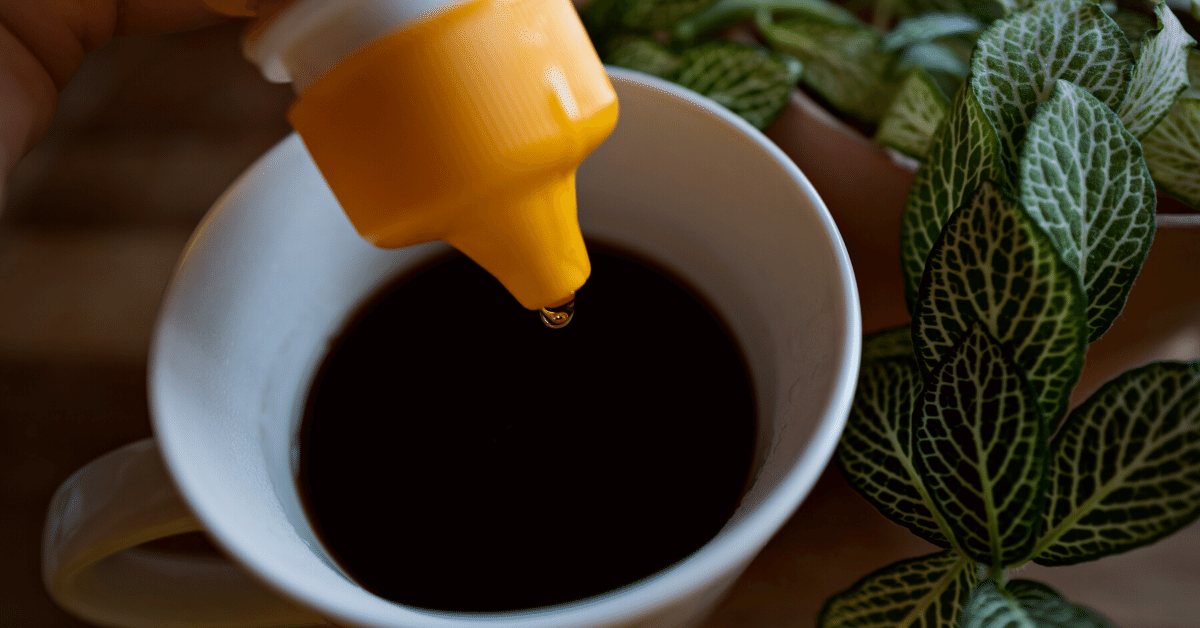
Okay, the extra taste is important, but are there any more benefits from adding honey to your brew?
We all know that honey is praised as a super healthy ingredient, but do you know why it is?
As we said, honey is a natural product from flower nectar. And it’s not processed as much.
Therefore, it contains a lot of different nutrients from flowers’ nectar, which are super-beneficial for our health, such as:
- plenty of vitamins and minerals (including vitamins B6 and C, calcium, iron, magnesium, and potassium)
- antioxidants
- pollen (which helps people with allergies build up their immunity)
- antibacterial properties
Honey vs sugar: Which is healthier?
In the healthy-eating-world white sugar (but also any other processed sugar) is a big no-no. And honey is its ultimate, healthy replacement. Why is that, and is it all true?
Both sugar and honey are carbohydrates made from two different types of sugar: glucose and fructose. Fructose is that bad sugar that is associated with obesity and diabetes.
But, the proportions of these two are different in sugar and honey.
Refined sugar is 50 – 50 percent of glucose and fructose. Honey contains 30% of glucose and 40% of fructose; the rest are good nutrients we discussed earlier, like vitamins, minerals, and pollen.
From this, we can see that honey indeed has more nutrients and, therefore, more benefits to your health.
Yet, keep in mind that honey still has a bit more calories than sugar, so you may use less amount and still get that sweetness and flavor.
Any negative sides?
Well, not really!
The only thing that can be a bit annoying is the fact that honey doesn’t dissolve so easily at lower temperatures.
So, bad news for all of you who love your cold brew or frappuccino: it will require lots and lots of stirring to dissolve that honey in your iced coffee.
How To Add Honey To Coffee?
Adding honey to your espresso or latte couldn’t be more simple. Drip a little bit of honey and stir it well.
If you’re trying this combo for the first time, don’t go straight over the top: honey has strong flavors, and it’s a bit sweeter than regular sugar.
So, add a little bit and try it. Experiment until you find the perfect measure.
PRO TIP
Put honey into your cup first and spread it with a spoon. And then pour over your coffee. It will blend easier and dissolve faster.
Wrap-up
And that is it, people.
As you assumed, honey is a great replacement for sugar in your cup of joe. It is better tasting and has more nutritious compounds compared to white sugar.
What more can you ask for?
Are you interested in more of these interesting coffee combinations? Try out our recipe for coffee with orange juice, you’ll be swiped off your feet!

